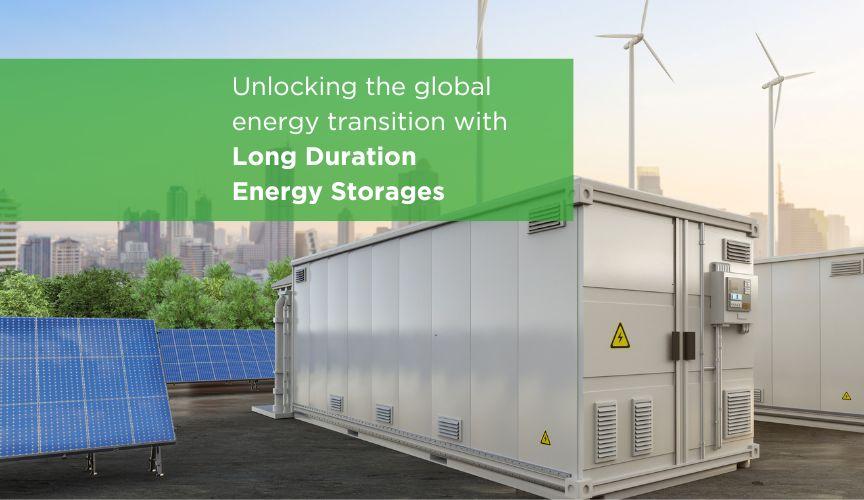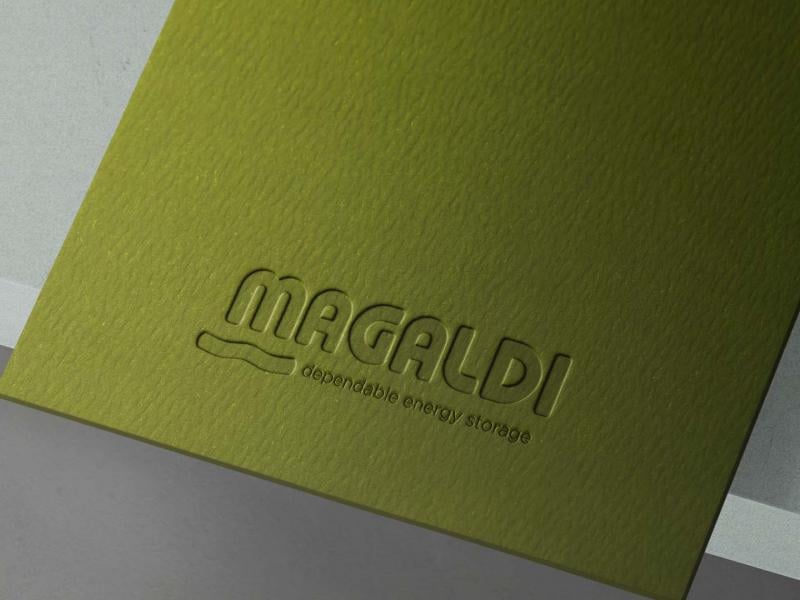
Ever heard of Long Duration Energy Storage tech? They are the key to turbocharging the global energy transition.
LDES - Long duration energy storage technologies refer to a set of advanced systems designed to store and retain large amounts of energy over extended periods. These innovations play a critical role in the efficient integration and utilization of renewable energy sources, such as solar and wind, which are inherently intermittent and subject to fluctuations.
The need for long duration energy storage arises from the mismatch between energy generation and consumption patterns. For instance, renewable energy sources may produce excess power during peak periods, but there might be lower demand at that specific time. Conversely, during high energy consumption periods, renewable energy production may not be sufficient to meet the demand.
Traditional short-term energy storage technologies, like lithium-ion batteries, are well-suited for handling daily fluctuations and providing short bursts of energy. However, they may not be optimal for prolonged storage due to cost constraints and limited capacity.
Long duration energy storage technologies aim to bridge this gap by offering cost-effective solutions with higher energy capacity, ensuring surplus energy is stored for use during periods of high demand or low generation.
Climate change era, the right moment for long duration energy storages
The climate change era is, without a doubt, the perfect moment for LDES - Long duration energy storages. As we face the pressing challenge of reducing greenhouse gas emissions and transitioning to cleaner energy sources, long duration energy storage technologies offer a crucial solution to fight global warming issues.
Renewable energy sources, such as solar and wind, play a vital role in combatting climate change. However, their intermittency poses a significant hurdle to widespread adoption.
Long duration energy storages step in as the missing link, enabling us to store excess energy produced during favorable conditions and release it during periods of high demand or low renewable generation.
By harnessing these advanced storage technologies, we can maximize the utilization of renewable energy and minimize reliance on fossil fuels. This not only aids in mitigating the effects of climate change but also enhances grid stability and resilience, making our energy systems more sustainable and reliable.
EU climate neutrality, renewables need to increase
The European Union is committed to reaching climate neutrality by 2050. To achieve this, a substantial increase in the share of renewable energy sources is necessary, but nowadays more than 60% of the electricity mix in the EU-28 still requires conversion to renewables. From 2018 to 2050, the global proportion of green energy in electricity production will surge from 25% to 86%, primarily driven by the significant rise in wind and solar energy utilization.
However, renewables’ variability and intermittency raise concerns about the system reliability. There is a focus on devising new energy storage capacities that can help store excess energy from renewables during peak production and release it on demand, ensuring a more stable and sustainable energy supply. Achieving this goal can be facilitated by implementing energy storage solutions.
The EU is expected to need around 200 GW of power capacity for energy storage by 2030 and to achieve a 1.5°C global warming limit scenario by 2050, projections estimate a fivefold increase in total renewables supply and a twofold increase in total electricity demand by that year. Approximately 45% of all energy-related emissions today come from the heating sector, and its decarbonization through TES – Thermal Energy Storage is not only possible but critical.
Moreover, Long duration energy storages contribute to energy security, promoting energy independence and reducing vulnerability to supply disruptions.
Investments in research, development, and deployment of long duration energy storage solutions must be prioritized to unlock their full potential. By seizing this opportunity and embracing these innovative technologies, we can pave the way for a greener, cleaner, and more sustainable future for generations to come. The climate change era demands swift action, and long duration energy storage is an indispensable tool in our quest for a low-carbon world.
How many different long duration energy storage technologies exist?
Some promising examples of LDES - Long Duration Energy Storage technologies include:
Pumped Hydro Storage: This method involves pumping water to an elevated reservoir during times of excess energy and releasing it through turbines to generate electricity during peak demand.
Compressed Air Energy Storage (CAES): CAES systems store energy by compressing air in underground caverns or containers. The compressed air is later released to drive turbines and produce electricity when required.
Flow Batteries: Flow batteries utilize chemical reactions between two liquid electrolytes to store and release energy. These batteries offer scalability and potentially longer durations than conventional batteries.
Gravity-based Storage: This method employs heavy objects or weights to store potential energy, which is converted back to electricity when the weight is lowered.
TES - Thermal Energy Storage: This technology stores energy in the form of heat or cold in materials with high heat capacity, like molten salts or phase change materials. The stored energy is then converted back into electricity as needed.
MGTES - Magaldi Green Thermal Energy Storage belongs to the category of Thermal Energy Storage - TES. It is the first worldwide patented battery that utilizes sand to store energy, which can then be converted back into electricity as needed.
TES - Thermal Energy Storage decisive role
Today we know that using an integrated system modeling approach, TES – Thermal Energy Storage has the potential to increase the overall installed capacity of LDES to a range of 2 to 8 TW by 2040 (compared to 1-3 TW without TES), requiring a cumulative investment between 1.6 trillion and 2.5 trillion US dollars.
An increasing number of studies highlight the overall importance of RES-TES hybrid solutions in tackling the world's energy needs and resource challenges, showcasing their capability to supplant fossil fuels.
And around the world, initiatives that bet on renewables and storage are popping up like mushrooms.
Magaldi Green Thermal Energy Storage - MGTES
Long duration energy storage technologies, such as MGTES, play a key task in enhancing grid stability, promoting renewable energy adoption, reducing reliance on fossil fuels and promoting energy independence.
TES technologies decarbonize by electrifying and stabilizing heat with variable renewable energy sources, optimize heat consumption in industrial processes, reduce costs, facilitate the reuse of waste heat, and integrate clean heat sources like solar thermal energy.
Soon, LDES as MGTES will be able to address temperature needs well above 1,000°C.
As research and development continue, these technologies have the potential to revolutionize the energy sector and contribute significantly to a sustainable and resilient energy future.



